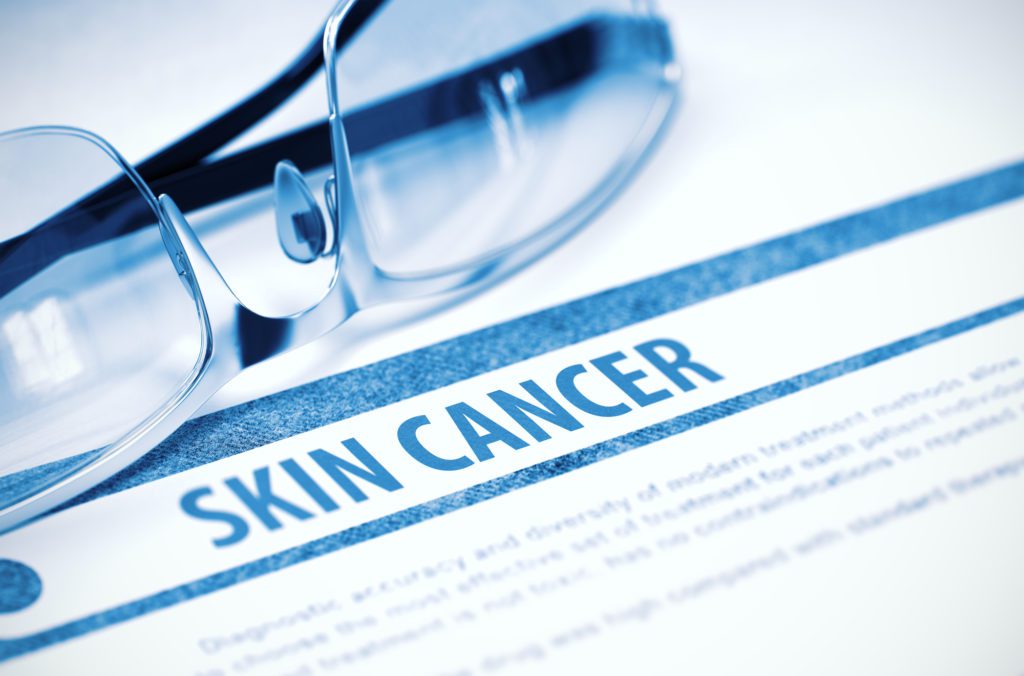Skin cancer begins when damaged skin cells grow out of control. Ultraviolet (UV) rays from the sun often trigger this. These rays harm skin cells and change how they grow. This process can lead to several types of cancer.
The three main types are basal cell carcinoma, squamous cell carcinoma, and melanoma. Basal cell carcinoma grows slowly and rarely spreads. Squamous cell carcinoma grows faster and can spread if untreated. Melanoma is more aggressive and may become life-threatening without early care.
Common Signs You Should Know
Skin cancer often starts with visible skin changes. You might see new spots, moles, or growths on your skin. Some existing moles may change color, shape, or size. Sores that don’t heal or bleed often need a closer look.
Watch for red, scaly, or crusty patches that do not go away. Itchy or painful skin areas could also signal trouble. You should check your skin every month for changes. If you find anything unusual, visit a dermatologist right away.
How Doctors Treat Skin Cancer
Treatment depends on several factors, including the cancer’s type, size, and exact location on the body. Surgery is often the first choice, with excisional surgery removing the tumor along with a small amount of surrounding healthy skin. Mohs surgery offers a more precise approach by removing skin layers one at a time and examining each under a microscope. This method helps preserve healthy tissue while completely removing the cancerous cells.
Radiation therapy becomes an option when surgery is not possible or when the tumor sits in a difficult area. It focuses high-energy rays on the cancer cells, leaving healthy tissue mostly unaffected. Topical medications can treat early-stage cancers by targeting abnormal cells on the surface of the skin. Other treatments like cryotherapy, immunotherapy, and chemotherapy are used for advanced cases and work by freezing cells, boosting the immune system, or destroying cancer that has spread.
What To Expect During Treatment
After diagnosis, your medical team will develop a treatment plan tailored to your specific cancer type and overall health. Your doctor might recommend a single treatment or combine several methods depending on your condition. Some treatments are completed in one visit, while others require multiple appointments and a longer recovery process. Each step of the plan will be explained clearly to help you prepare and stay informed.
Recovery may involve rest, wound care, and regular follow-up visits to monitor your healing progress. Healing time depends on the treatment used and how your skin responds to it. Some people resume daily activities quickly, while others may need more time for full recovery. Ongoing checkups are key for spotting any signs of returning or new cancer early and taking quick action.
Take Control of Your Skin Health
You can lower your skin cancer risk by building smart habits into your daily routine. Apply sunscreen with SPF 30 or higher every morning, and reapply every two hours when outdoors. Wear protective clothing, sunglasses, and a wide-brimmed hat to shield your skin from harsh sunlight. Avoid tanning beds, stay out of direct sun during peak hours, and check your skin regularly for any unusual changes.
- The Connection Between Arthritis and Chronic Pain Management
- The Role of Internal Medicine in Managing Diabetes
- The Diverse Specializations Within Ophthalmologists and Their Impact on Eye Health
- Exploring the Role of Sports Medicine in Injury Prevention
- Understanding the Different Types of Hernias and Their Symptoms

